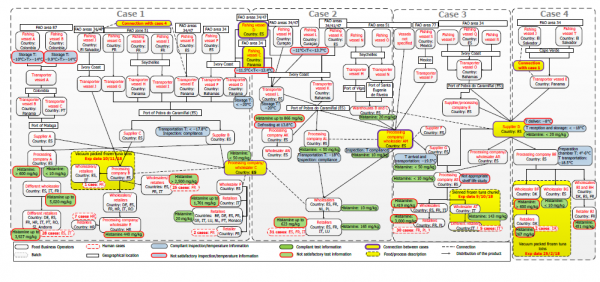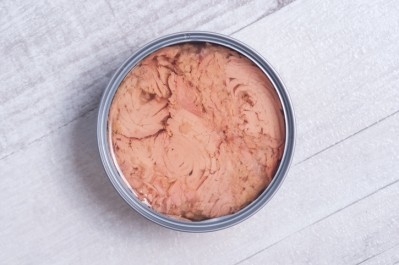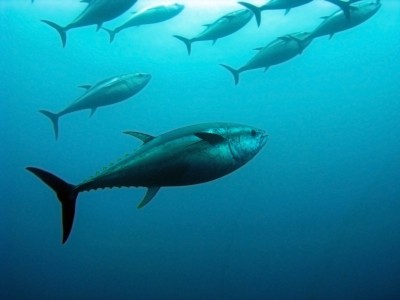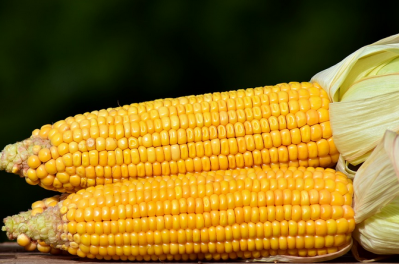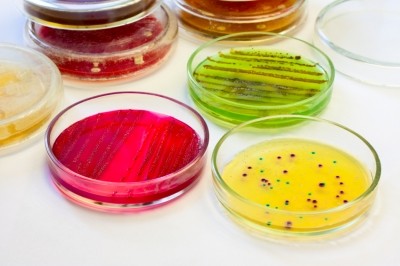Temperature abuse played ‘important role’ in histamine outbreak - EFSA
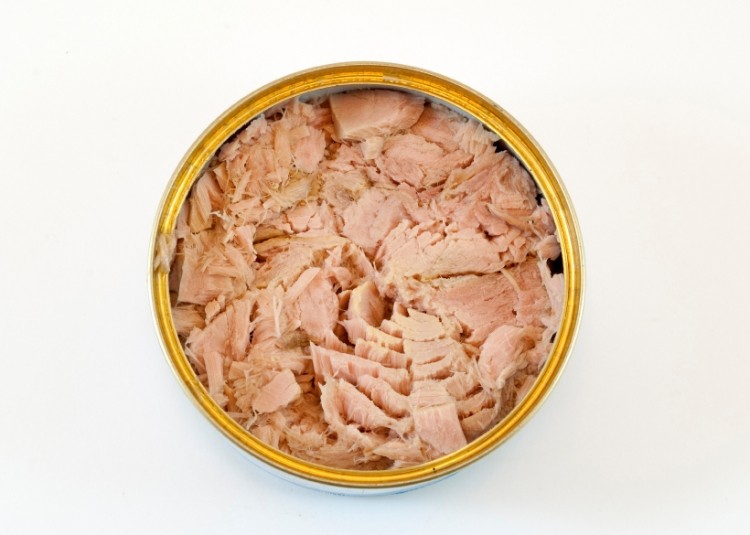
Spain, Italy, France, Croatia and Denmark reported illnesses and tuna was from suppliers based in Spain and Mexico.
EFSA said it could not find a single event at a specific point in the supply chain (e.g. incorrect storage at one company) that could be considered the origin of all clusters of cases.
However, it was likely that temperature abuse during post-harvest chilling, storage and/or processing played an important role.
Non-compliant results throughout supply chain
Histamine
In 2015, 80 outbreaks of histamine intoxication were reported by seven EU Member States, involving 437 cases of which 43 were hospitalised (EFSA and ECDC, 2016). This was an increase compared with 2014, when 75 outbreaks were reported.
Foods likely to contain high levels of histamine include fish, fish products and fermented foodstuffs. Histamine intoxication results from eating inadequately preserved and improperly refrigerated fish and resembles an allergic reaction. Intoxication is characterized by an incubation period ranging from a few minutes to hours, with symptoms usually noticeable for a few hours only. Typical manifestations include skin flushing on the upper half of the body, rash, gastrointestinal complaints and headache
The highest histamine contamination was 5,020 mg/kg.
The Agencia Española de Consumo, Seguridad Alimentaria y Nutrición (AECOSAN) linked 105 cases to tuna from Garciden. La Guardia Civil is investigating seven people in relation to the incident.
Spanish media reported the European Commission has demanded Spain take action to stop fraud such as tuna meant for the canning industry being dyed to look fresh.
EFSA assessed incidents of histamine intoxication in EU countries linked to consumption of tuna and notified through the Rapid Alert System for Food and Feed (RASFF).
A total of 30 notifications were identified and 21 were chosen based on their connections and grouped into four different events.
Cold chain conditions of tuna at vessel level saw freezing temperatures up to −10°C, −9.9°C, −11.5°C and −11.6°C in some fishing vessels despite Commission Regulation 853/20049 that requires temperatures below −18°C for frozen fishery products.
At processing level, six non-compliant results were reported: one sample with >600 mg/kg, two non-compliant samples up to 565 mg/kg and three analytical results of up to 866 mg/kg.
A total of 28 non-compliant results were found at wholesaler/retailer level.
Garciden link
In May, Spain, Italy and France reported cases of scombroid poisoning after consuming yellowfin tuna from Spain.
Garciden was closed and all batches produced between 1 and 6 May were withdrawn from the market. Parts were distributed to Croatia, France, Germany, Italy, Portugal and Romania.
Inspection found the processor’s own-checks system defines production processes that do not correspond to what is actually done and traceability and distribution lists for items processed and packed proved to be incomplete and/or incorrect.
France reported 11 outbreaks between April and July with 40 associated cases of which 15 had been hospitalised.
The Spanish tuna was consumed in restaurants in different regions and at least two Spanish suppliers were identified with suspected batches withdrawn from the market.
At least 28 cases were reported in Italy and Spain linked to tuna distributed by a processing company in Spain which received product from two different Spanish suppliers.
These suppliers also provided unprocessed tuna to another processing company/wholesaler in Spain. At least 35 cases in Croatia and France were linked to tuna distributed by these processing companies.
Another processing company/wholesaler is connected to seven cases in Croatia and 19 in France.
Official controls at one processing company found histamine at concentrations above 600 mg/kg in tuna samples taken on 10 May from a batch delivered on 20 April.
Connections in outbreaks
In the second event designated by EFSA, at least 31 cases were linked the tuna produced by an unnamed company, all between April and June and mostly in Spain (14) and France (12).
At retail level, non-compliant storage temperature was reported and was linked to illness in six customers of a restaurant in France who ate tuna five days after the use-by date.
In the third event at least 35 cases were linked to tuna processed and distributed by a different processing company/wholesaler; all reported between April and June and mostly in France (22 cases). Five were notified through RASFF in Italy in May.
Non-compliances in analysis were identified at wholesaler level, with histamine detected up to 1,419 mg/kg. Retail level analyses indicated histamine at above 3,000 mg/kg.
In the final event, two cases were detected in Denmark in April.
Analysis of a batch of frozen tuna sampled at retail level detected histamine at 267 mg/kg. The same batch analysed at a wholesaler showed a concentration above 600 mg/kg.
